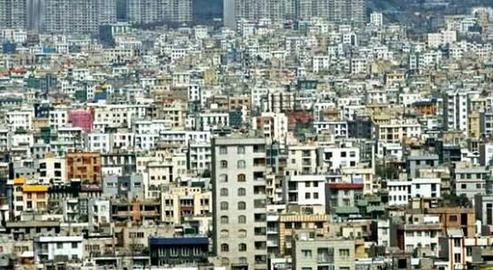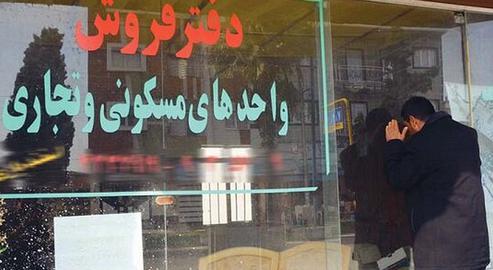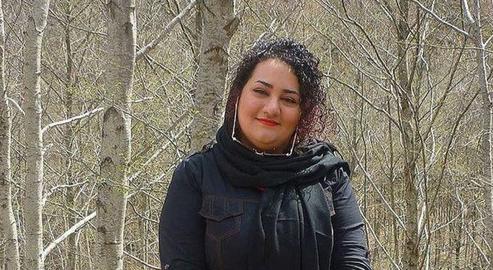Nowadays there is barely a soul in Iran unaffected by the housing crisis, or wondering about how it can be reversed. Plans are discussed that turn into miracles: from housing price growth stopping or declining and rents becoming cheaper, up to some talk of the taxation of 150 square meter vacant properties to force these voids back onto the market.
In recent days, a supposed “plan” to build tiny 25 sq m houses in Iran has generated a great deal of noise. But what is the story behind this?
What is Going On?
The story began when Iranian media reported last week that Tehran Municipality and the Interior Ministry had agreed to produce 25 sq m housing units. It’s not as simple as that, however; the resolution was not for the government to build these "matchboxes", but to give permission for people to construct micro-homes themselves.
According to claused 2-11 of the Tehran Zoning Plan, the minimum area of a residential unit in Tehran must be 35 sq m and the net minimum residential area is set at 17.5 sq m per person. Accordingly, if someone takes a plan to the municipality for approval that has a smaller unit area, the plan will not be permitted.
Since last year, Tehran Municipality has been eyeing the amendment of this clause to reduce the requirement from 35 to 25 square meters.
The reason for this is the public need for smaller, cheaper houses at a time when the housing market is practically out of reach due to the sharp rise in prices. A survey of housing developments shows that people’s desire to buy smaller homes has increased in recent years. With the exception of a small group of extremely wealthy people, and property developers, most prospective homebuyers are middle-class people who enter the market to live or sometimes to not be left behind. The purchasing power of this group is limited and fragile. When prices go up, there is no way for them to make up for it other than by seeking out housing of a lower price and quality.
Simultaneously, the inflation of rent has effectively put the livelihoods of half of the capital's residents at risk. According to official statistics and market reports, 50 percent of households in Tehran are tenants and soaring rent has forced many to retreat from their city dwellings and settle in suburban areas.
The Need for Tiny Housing Units in Large Cities
It is imperative to build small apartment units in at least some areas of Tehran. Market logic confirms that such units have both a buyer and a tenant. Supposing, for example, that such units were offered for sale or rent in the Vanak Square area in Tehran, there would be no shortage of young people working and studying nearby to occupy them. In downtown New York, London and many other cities around the world, many people live in studio flats with an area even smaller than 25 square meters.
Of course, Tehran does not have a city center in a proper sense. But it is presently on the way to becoming a very large downtown – where even the smallest of homes is often too expensive to be within reach.
According to the latest official statistics, the average price of properties purchased in June 2020 was close to 20 million tomans per square meter. In District 1, the average price per square meter has been more than 40 million tomans, while in Districts 2 and 3, it has sat at more than 30 million tomans.
This being the case, the average cost of a 25 sq m unit in the city of Tehran will presently be more than 500 million tomans. In District 1, it reaches one billion tomans and in Districts 2 and 3, the price will be about 750 million tomans.
The sad reality is that looking at the Iranian household income scale, these units are not likely to be available to many people in the middle classes. According to the Statistics Center of Iran, the average income of an urban household in Tehran province last year was about 81 million tomans per year. On that basis, an average urban household would have to not spend a single rial for seven years to afford a 25 sq m home.
To calculate the length of the period a household would need to save for to buy a house– which might bitterly be termed the “household hope index” – we must make certain assumptions about their income and what they can put away. On the assumption that the ratio of income to housing prices remains stable (which is in reality highly unlikely) and that the family can save one third of its income each month, the waiting period to buy a 25 sq m unit would be about 20 years. If we do this calculation based on the price of a house in District 1, the waiting period is more than 40 years, and if we calculate it for Districts 2 and 3, it is around 30 years.
Illusionary objections
The housing market issue in Iran is structured, complex, and multi-layered. It can only be managed with a long-term economic, social and political plan. To get out of the present crisis one has to be realistic, which is rare in Iran. It is enough to look at the opposition of some newer MPs to the 25 sq m housing proposals to see what an abstract space these politicians are living in; these individuals, who have been granted a share of Iran’s decision-making power, see the micro-house as a threat to family, fertility, and demographic policies. Ironically, it is the current crisis that does not guarantee the maintenance of a minimum quality of life.
visit the accountability section
In this section of Iran Wire, you can contact the officials and launch your campaign for various problems


























comments